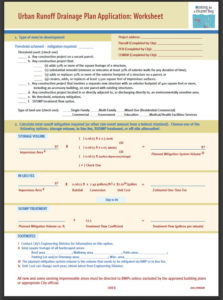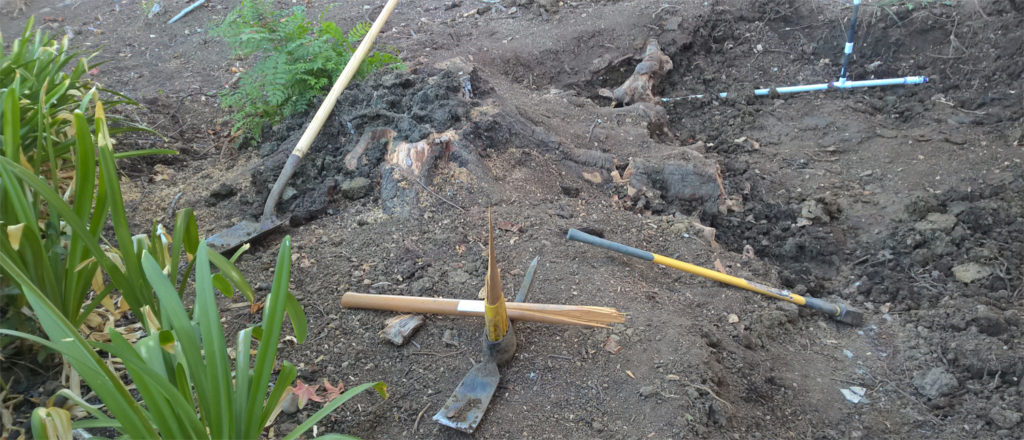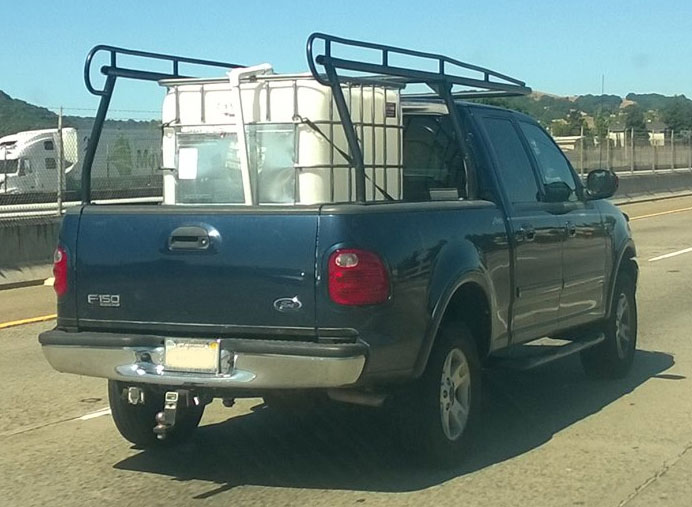 First part of this series covers different design ideas for handling urban runoff on single family, multi-family and commercial developments. This is part 2.
First part of this series covers different design ideas for handling urban runoff on single family, multi-family and commercial developments. This is part 2.
Continuing from the Santa Monica Urban Runoff Management Program, this section covers their worksheet for a variety of construction activity or for voluntary participation.
Check with your local city to determine their stormwater treatment requirements on new or redeveloped construction. In some cases, changing 2,500 sq ft of pervious ground to 2,500 sq ft of impervious ground can trigger the need for stormwater treatment construction at the job site. The Federal Clean Water Act, enforced by the State Regional Water Boards mandates this requirement. In many cases, a regional “Municipal Regional Permit” will hold the design requirements for following through.
Why? There are four points below, packed with information.
I want to:
- slow / reduce landscape pollutants from flowing into the street – such as fertilizers, pesticides, pet/wildlife wastes, etc,
- slow / reduce runoff to the street which will reduce pollutants such as oil, gas deposits or other street wastes from flowing to natural drainage ditches, rivers, waterways,
- recharge the water table, provided needed moisture to tree’s & plants or help build drought reduced ground water levels
- store as much rainwater as possible, the few rain tanks/cisterns I have are limited in capacity and the ground holds much more.
How do I do that? First I need a plan to determine how much water I need to hold, then from there I can decide which Best Management Practices (BMPs) would be best for me and then determine my cost for construction.
I won’t be submitting my plan to the city for my job, or pulling permits because I haven’t met requirements for the need. I will practice safe digging techniques and locate utilities if needed.
First I would need to calculate how much impervious area I have on my property. This includes the roof area, walkway area, patio area, parking lot and/or driveway area, misc. area.
I did a backyard reconstruction project a year ago removing a considerable amount of concrete and replacing it with pervious materials. The job didn’t trigger a need for stormwater treatment as most rain that falls will seep into the ground anyways.
My house is a single story, 2,400 square feet structure. Gutters surround the entire roof with downspouts to buried drainage piping that carries the water to the street.

Rudimentary drawing of property.
It helps to ensure the drainage system works, mine didn’t when we bought the house and sub sequentially fixed all downspouts. Here is an example of one of the drainage lines that didn’t flow.
Calculate Impervious Area
This will be any area where water doesn’t flow freely into the ground, like a roof. With my house being 2,400 square feet, the roof will have a similar surface area. In fact, my entire property, except for the front walkaway and the driveway is a permeable surface so the roof is the biggest surface I need to account for.
The walkway and the driveway both slope to the street and unfortunately I don’t have plans currently to capture its rainwater runoff. Every other area in white is landscape or permeable surface.
Storage Area
2,400 square ft X 0.0625ft (0.75" rainfall) = 150 cubic feet
If using rock in drainage area
2,400 square ft X 0.0625ft (0.75" rainfall) X 2.5 (rock) = 375 cubic feet
If using plastic in drainage area
2,400 square ft X 0.0625ft (0.75" rainfall) X 1.05 (rock) = 157.5 cubic feet
A big point of difference here.
If just allowing the water to flow into the ground, I only need 150 cubic feet of space to hold the water from the roof. If I let it flow into an area surrounded by gravel, it needs 2.5 times to the space (375 cubic feet) to hold the volume of water (rock displaces water). In the same token, if I used plastic which has a 95% void opening, the area needs to be only slightly larger( 157.5 cubic feet). A product called AquaBlox popped up on my radar and would become a viable solution.
In Lieu Fee
A one-time fee can be paid to do nothing. For me, the economics comes to play for my cost of construction for doing something versus my cost to do nothing. So far, from my calculations it is cheaper to build an urban runoff management system at my home.
2,400 square feet X 0.0625 ft (rainfall) X 7.49 gallons/cubic foot (conversion) X $7.61 (cost to treat) = $8,549,835 (Fee to do nothing)
Names of Proposed Mitigation Measures or Best Management Practices (BMPs) to be used
Examples include:
- Infiltration Pits or Dry wells
- Depression Basin
- French Drain
- Biofilter or landscape
In my case I’ll use an infiltration pit or dry well, but I have already instead a swale which is more like a reverse french drain.
Explain maintenance plan
Examples include:
- BMP’s shall be inspected before and after rainy seasons
- Checking roof downspouts (done yearly before the first big rain storm)
- Visually checking overflow pipes (done after every major rain storm)
- Clearing debris from gutters and downspouts (done yearly before first big rain storm)
- Checking overflow curb openings of BMPs
- Maintaining depressed areas (Performed during landscape maintenance on weekends)
- Maintaining landscape above and around infiltration pit, where applicable.
Many of these requirements I have already built into my course of action before any rain storm, but this may be new to some homeowners.
So where do we go from here? I need to find a spot on my property away from utilities, in a low human traffic area where building a trench or dry well would be best used. Ideally, there would be plants or tree roots nearby that could utilize the water. Another big plus would be if a drainage pipe from the downspouts to the street was already in the ground.
I would need to figure out where to put the dirt once I dug the trench and what it would cost to fill the trench, either with drainage gravel or plastic matrix media. Landscape fabric will sit between the trench fill media and the dirt, this material is generally rather inexpensive.
I think I have the spot found, but I need to remove an old birch tree root first.






0 Comments
2 Pingbacks